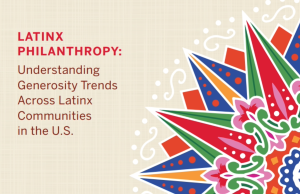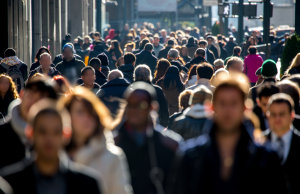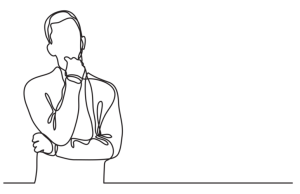Slight more than 1 in 3 (37%) American donors gave half or more of their charitable contributions to disaster relief efforts during the past year, such as the Ukraine humanitarian crisis, COVID-19 relief, and support in the wake of natural disasters such as wildfires or other crises.
The data shows that such giving was in excess of what they previously planned to donate. The reason was quite human — they said they like to support those impacted by humanitarian crises (46%). And, 64% of donors said they gave to a charity to which they had never before supported, with the top reason for doing so being a reaction to a local, national, or global disaster (42%).
The online survey of more than 1,300 American donors (defined as those who donated to charity in the past 12 months) was conducted by The Harris Poll this past April 7 to 11 on behalf of Vanguard Charitable, an administrator of donor-advised funds (DAFs). Among the 2,067 U.S. adults polled, 1,341 reported donating to charity during the past 12 months, or 64.8% of those polled.
“From COVID-19 to a devastating humanitarian crisis caused by the war in Ukraine, we’ve seen donors respond to disaster relief needs in inspiring and meaningful ways,” says Rebecca Moffett, president of Vanguard Charitable. “In fact, this data reflects that disaster relief support is an integral part of the giving landscape, often increasing total generosity as donors look to give when and where support is needed most. And because the money in donor-advised funds has already been set aside for charitable purposes, donations from DAFs tend to be more responsive in moments of crisis, and more resilient during moments of economic uncertainty.”
The survey data shows that the top reasons American donors who gave to disaster relief in the past 12 months:
- They like to support those impacted by humanitarian crises (46%)
- They felt overwhelmed by the situation and wanted to help (33%)
- The only way they know how to support a disaster is by donating money (30%) or they or someone they know was impacted by a disaster/they have a personal connection to the disaster/crisis (30%).
The survey data shows donors who contributed to disaster relief efforts gave more overall, meaning that disaster relief giving did not take away from, or occur in place of, ongoing giving.
- Donors who gave to disaster relief and other charities donated 48% more in the past 12 months than those donors who did not give to disaster relief efforts ($1,880, on average, versus $1,268, on average).
- Disaster relief donors are significantly more likely than donors who did not give to disaster relief efforts to say they donated to a new charity in the past 12 months (80% vs. 39%).
- Nearly one-quarter (23%) of disaster relief donors say they have increased the amount of money they’ve donated overall during the past 12 months, compared to just 13% of donors who did not give to disaster relief.
- 23% of disaster relief donors say they donated to a greater variety of charities during the past 12 months than they’ve ever donated to before, compared with just 7% of donors who did not give to disaster relief.
- During the past 12 months, more than one-third (36%) of disaster relief donors say they have become more aware of new and different causes and nonprofits in need of support, compared to just 21% of donors who did not give to disaster relief.
Donors have granted more than $138 million to organizations focused on disaster relief efforts over the past 12 months through Vanguard Charitable, according to the organization. As of this past May 17, donors granted more than $57 million via 5,487 grants for relief efforts in Ukraine to organizations, such as World Central Kitchen, Doctors Without Borders, and Direct Relief.









